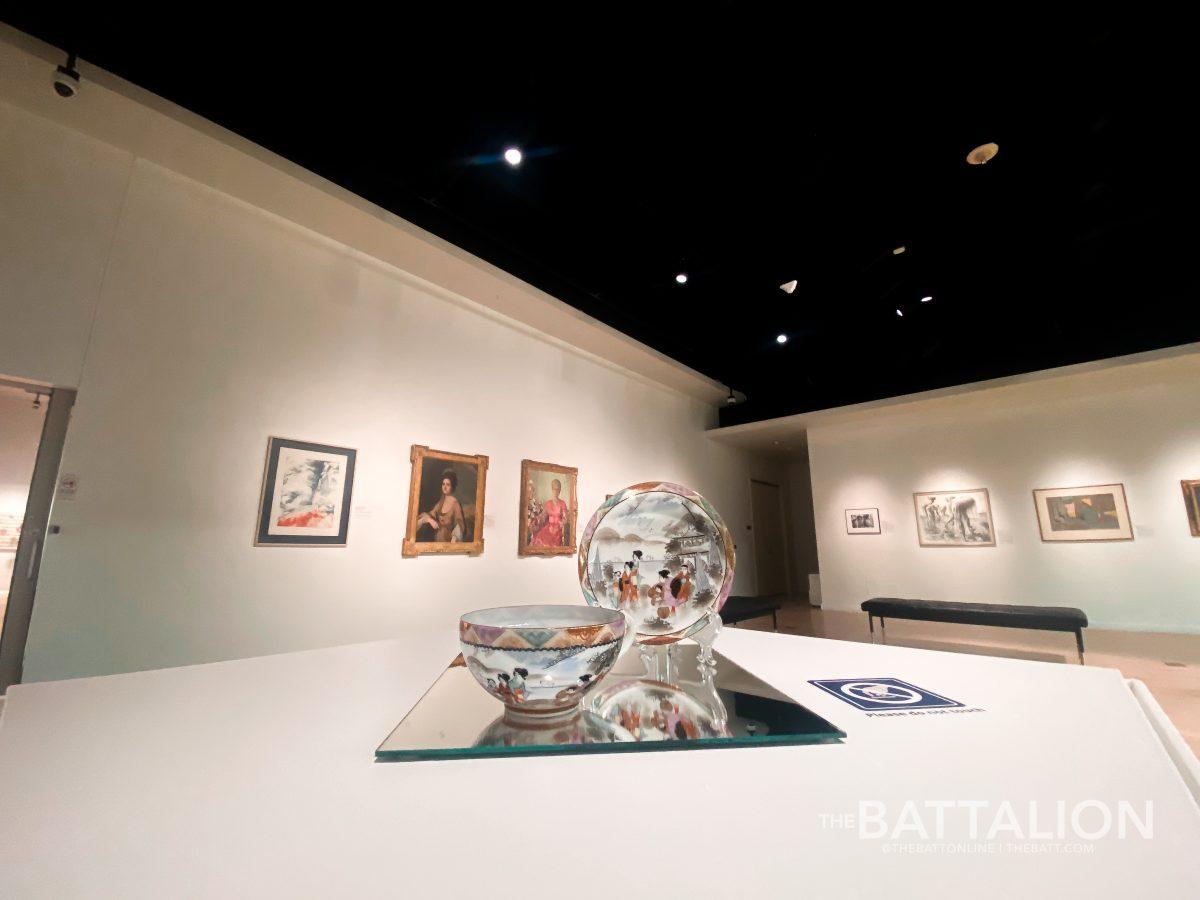In the encompassing world of art, specifically under art criticism, to truly define art is harder than it seems. One could say art is simply creativity, flowing from one’s imagination and letting originality take over, while others would begin to categorize said creativity, whether it be a third grader’s crayon art or fine art that depicts the grand mythology of muses and nature. Then, it can so forth be categorized whether such childish depictions of art are intentional, such as the art of Yoshitomo Nara, or if such fine works of art can be considered fine through its validity, such as the controversial “Virgin of the Rocks” by Leonardo Da Vinci. So on and so forth, to then define art becomes too complicated.
Therefore, we shouldn’t purely define art for what it is (although objectively there is good and bad art), but for what it conveys to its audience. After all, art is meant to be consumed through the senses, even by the artists themselves. The significance of an art piece can change in dramatic or subtle ways, either with the access of background information of the artist and history, or over time with the shift of cultural norms and perspectives. The definite independent variable throughout all perceived pieces is not the type of reaction that has occurred, rather that a reaction has occurred overall.
In one way or another, art will stimulate the senses, and that stimulation should then elicit a reaction. A delicious smelling platter making you salivate, a sensual and heartfelt song making you tear up, or a horror film making you jump; an emotional or physical reaction occurs, resulting in an “experience.” It is these amplified feelings which make us comprehend that we are within an artistic experience. Now, whether an art piece does or doesn’t elicit a reaction is more on the subjective side — just because you don’t react doesn’t mean that others won’t. Either way, in a world with such a large sample of different and intersecting cultures, any form of art can achieve a reaction.
This now leads to the argument of the distinction between good art and bad art. As controversial as it may seem, there is bad art, whether you deny it or not. It doesn’t necessarily have to be dependent on skill, technicality, perspective, opinion or who the artist is, but regardless, the way we subconsciously judge aesthetics eventually plays a major role. There may be some artists who can be deemed morally good or admirable who, unfortunately, make bad art, and there may be some artists who make appealing art that ends up considered bad art by proxy of the artist’s immorality — an excellent example is found in Thomas Kinkade.
The special thing about aesthetically bad art is it is still art. It evokes reaction.
The most prominent example of bad art causing reaction is “Comedian” by Maurizio Catellan, better known by its unofficial descriptive name, “banana taped on wall.” Everyone and their mothers were talking about how absurd, provoking and insulting this performance piece was to the art world. One might say it required no skill and held no emotional context, yet the piece was still sold for $120,000, then was eaten by another performance artist. This of course, stirred further controversy.
Running parallel to this form of bad art, the “good art” would be the occurrence of Da Vinci’s “Salvator Mundi.” First being sold at an auction in 1958 for merely $60, it was then discovered to be an authentic Da Vinci piece, leading to it being publicly auctioned and sold for a record breaking $450 million, 7.5 million times its original price.
What “Comedian” and “Salvator Mundi” have in common is a profound public reaction to what the piece is, whether it be due to absurdity or authenticity. Another common feature is the use of pricing to add value to the pieces; whether it is deserving or not is up to choice. It seems as if art criticism has been formed into two, or perhaps even more, “reactionary” dialects: human reaction and marketed value. One could look at Picasso’s “Nude, Green Leaves, and Bust” and have the human reaction of a simplistic, cubist painting that could be easily recreated, but then see that in market value it sold for $106.5 million, further adding to our reaction and prompting the thought, “Wow! Someone paid that much!” The market value shouldn’t be the one of the two defining pillars of how to view art, nonetheless, the comprehensible — or sometimes even incomprehensible — assigned value that it holds affects how we look at it.
This being said, art will be judged for what it stands for, and who it does or doesn’t appease. But if it is judged, with it comes a reaction. If it caused a reaction, it’s because it was felt. If it was felt, then that is art.
















